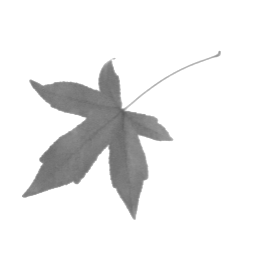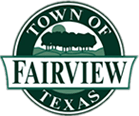Vision, Mission, Focus Areas and Core Values
In March of 2023, the Fairview Town Council held its annual retreat. As part of the retreat, a discussion took place regarding revising the content of the town's vision and mission statements and its core values and focus areas. At the July 11, 2023, Town Council meeting, the council ratified the revised vision and mission statements, core values and focus areas located below. The ratification of this language establishes the foundation to what will ultimately become the town’s revised Strategic Plan. As the Strategic Plan evolves, updates and information can be found on this page.
 VISION
VISION
Fairview, a premier place to live and work with a unique and vibrant quality of life.
 MISSION
MISSION
Fairview:
· Promotes high quality economic and community development,
· Embraces the natural features of the community,
· Maintains open community communication, and
· Delivers efficient, quality municipal services with a professional, well trained work force, for the benefit of residents, businesses and visitors.
 FOCUS AREAS
FOCUS AREAS
Infrastructure, Public Safety, Economic and Community Development, Community Engagement and Fiscal Responsibility.
 CORE VALUES
CORE VALUES
Integrity, Caring, Responsive, Innovation, Trust, Excellence
Integrity - We deal honestly and respectfully with each other and the public at all times. We conduct ourselves in a manner that is ethical, legal and professional, with the highest degree of honesty, respect and fairness.
Caring – We care about the wellbeing of our employees, residents, and visitors. This is demonstrated in our interactions with citizens and customers and our commitment to our employees.
Responsive – We engage our community, with a focus on listening to and supporting their needs, and delivering high quality, efficient services.
Trust - We strive to be worthy of the community’s trust. Providing effective and equitable solutions to citizens’ needs, and building a culture that is developed through the open exchange of ideas, hard work and strong teamwork all contribute to building that trust.
Innovation – We value progressive thinking, creativity, flexibility and adaptability in service delivery. We develop creative solutions as a team and share leading practices that enhance the value of services provided for our community.
Excellence - Our work is characterized by its quality and by the diligence with which it is carried out. We proactively seek to solve problems in advance. We promote openness and transparency in our operations ensuring that we are accountable for our actions at all times.













 VISION
VISION


